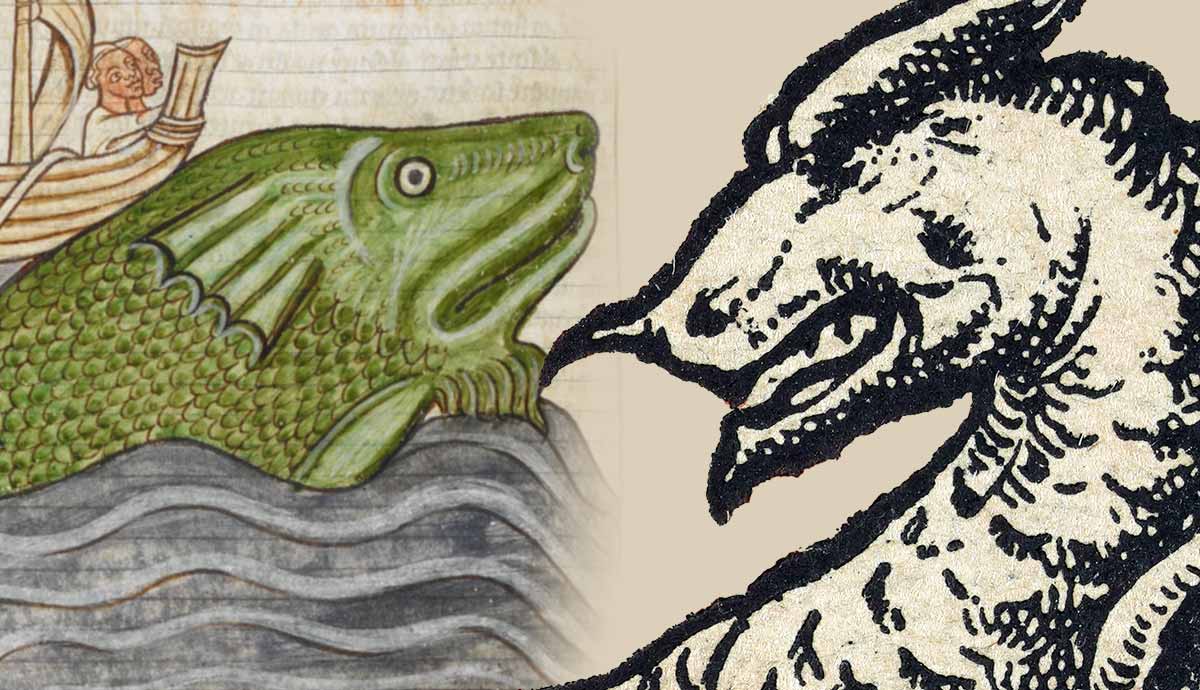
George Washington spent most of his life in a military uniform. As a young adult, Washington served as an officer in the Virginia militia loyal to the British Crown. But two decades later, he commanded an army determined to defeat Britain and secure American independence. Throughout his military service, Washington exposed himself to the same dangers on the battlefield as the soldiers he led. His bold choices in combat inspired his troops but worried supporters. Losing Washington was not an option for the revolutionaries if they were to win independence.
George Washington Goes to War

George Washington’s first experience in battle came in the conflict known to British colonists as the French and Indian War and in Europe as the Seven Years’ War. In fact, a young Washington played a central role in the outbreak of the war, which also marked the first instance where he nearly lost his life in battle. In May 1754, as a 22-year-old Major, George Washington led a party of Virginia militia and Iroquois warriors against the French in the Ohio Valley. Although he achieved a quick victory, historian Fred Anderson notes that Washington was unprepared to be involved in the growing three-way struggle between Britain, France, and Native American communities for North America.
In July 1754, a French force joined by Canadian and Native American allies attacked Washington’s Virginia militia at Fort Necessity. The French wanted revenge for the May 1754 skirmish. Washington did not know it, but his name and actions would circulate in Europe as one of the causes of a new conflict between Britain and France for control of North America. A year later, Washington distinguished himself in the otherwise disastrous defeat of British forces led by General Edward Braddock at the Battle of the Monongahela in July 1755. Despite having multiple horses shot and musket ball holes in his clothing, Washington survived and led the retreat. Washington’s quick thinking saved most troops, but unfortunately, not Braddock.
The next time Washington fought in a major battle, it was against the British.
The Plot Against George Washington

Washington arrived outside Boston in early July 1775 to take command of a motley army resisting British troops. The American rebels Washington commanded would be called the Continental Army. This undisciplined and poorly equipped force drove the British out of Boston in March 1776—but that was beginner’s luck. The British returned in the summer of 1776 with a massive force of roughly 30,000 troops to seize the important city of New York.
As Washington prepared his troops to defend New York, he also had to contend with a plot against his life. The week before Congress signed the Declaration of Independence, a crowd of 20,000 witnessed an American soldier’s execution for his role in a plot to assassinate Washington, foiled by future Chief Justice John Jay. Jay uncovered the designs on Washington’s life after the arrest of several prominent Loyalists in New York City. The central figure executed that day had been a member of Washington’s personal guard. Washington also faced conspiracies from fellow officers to remove him from command. While they may not have wanted to assassinate Washington, some ambitious officers had eyes on his job and were willing to challenge their commander’s authority.
Battle for New York

The failed plot soon proved the least of Washington’s worries. American troops were little match for British forces in several battles around New York City later that summer. During the September 1776 British invasion of Manhattan at Kips Bay, Washington’s frustration with his army’s performance reached a boiling point. Retreating American soldiers scampered past Washington and other senior officers. Washington refused to withdraw, even as British troops marched closer. Instead, he attempted to rally his troops. Other commanders worried for Washington’s safety.
American General Nathanael Greene, who was on the battlefield that day, recalled his experience: “[Washington] was so vexed at the infamous conduct of the troops that he sought death rather than life.” Fortunately, one witness says an aide led Washington away before the British could attack.
Later in the campaign, British troops barely missed capturing Washington at his New York City headquarters. Clearly, Washington had been fortunate to escape New York with his life and the remnants of his army.
Ten Crucial Days

Barely five months after the July 1776 Declaration of Independence, the American cause was on the verge of collapse. Indeed, as the year 1776 ended, Washington had barely any troops left to continue the fight against the British. Worse, much of Washington’s remaining force had expiring enlistment contracts, and there were few new recruits in the aftermath of so many defeats.
Washington wanted one last chance to defeat the British rather than surrender. On December 25, 1776, Washington led his army of 6,000 across the icy Delaware River to attack an unsuspecting Hessian garrison at Trenton, New Jersey. Washington’s troops routed the Hessians, who were still groggy from their Christmas celebration. Historian Alan Taylor explains it was Washington’s first major victory, and it saved the American cause.
American momentum continued to grow following the victory at Trenton. On January 2-3, 1777, Washington’s troops resisted British forces at Trenton and Princeton, with Washington once again leading his troops from the front at Princeton. Washington’s bold actions inspired his troops and created a new spike in volunteers joining the army. Historians refer to this period in late December and early January 1776-1777 as the “Ten Crucial Days.” In other words, it is difficult to imagine the American Revolution succeeding without Washington’s actions.
Ferguson’s Chance at Brandywine

British forces in New York City spent the early months of 1777 recovering from the shock of Washington’s victories at Trenton and Princeton. British commander Sir William Howe decided to seize the American capital city of Philadelphia. In response, Washington took his army to defend Philadelphia from Howe’s invasion. The two armies clashed at the Battle of Brandywine on September 11, 1777.
Captain Patrick Ferguson was among the British officers involved in the opening phase of the Battle of Brandywine. Ferguson’s troops carried an experimental breech-loading rifle he invented. The rifle could fire at least two to three more shots per minute than the ordinary firearm of the time. Ferguson and his experimental weapon had an opportunity to change history.
At one point, Ferguson had an enemy officer “of remarkable distinction” in his sights. But as he prepared to fire, Ferguson changed his mind. He wrote, “It was not pleasant to fire at the back of an unoffending individual who was acquitting himself coolly of his duty, and so I let him alone.” While never confirmed, historian Thomas McGuire points out that many sources believe the officer was George Washington. Moments later, Ferguson was wounded. He recovered to command Loyalists in South Carolina, where he was killed at the Battle of King’s Mountain in 1780.
While the Americans lost the battle and Philadelphia, the coming months saw positive changes in the army’s quality. Brandywine showed this was not the same army that ran from the British in New York City.
Road to Independence

The American Continental Army had transformed from an inexperienced and untrained force into a professional military. While the soldiers may have changed, Washington remained fearless under fire. For instance, Washington rallied retreating troops at Monmouth Courthouse, New Jersey, in June 1778. After Monmouth, major fighting between different armies took place in the southern colonies, but despite various difficulties, Washington deployed his character and skillset to keep his army together.
For instance, Washington navigated multiple mutinies within the army. Soldiers and officers alike grew frustrated with Congress over many issues, including a lack of consistent pay. Their dissatisfaction continued even after the decisive victory over the British at Yorktown, Virginia, in October 1781. Despite these pressures, Washington diplomatically kept the peace within the army until the war’s end in 1783.
Tempting Fate or Making History?

Washington’s behavior on the battlefield made subordinates and supporters fearful for his safety. Washington generally attributed his escapes to “providence”—he believed there was more than luck involved in explaining these near misses. On the other hand, Washington had no luck pursuing his dual passions of land surveying and farming at Mount Vernon. Instead, he was elected the nation’s first president.
From the attempt on his life in June 1776 to his aggressive actions on many battlefields, George Washington endured many risks during the American Revolution. The course of the war and the country’s history could have been changed had one of those dangerous situations proved fatal.
Were his near misses on his mind as he was sworn in as president on April 30, 1789? Perhaps, as evidence shows, he was certainly considering them as he fought during the Revolution. In July 1776, as his armies prepared to fight the British and Congress formally declared independence, Washington wrote to a friend and fellow veteran of the French and Indian War, “I did not let the Anniversary of the 3rd or 9th…pas[s] of[f] without a grateful remembrance of the escape we had at the Meadows and on the Banks of the Monongahela.” Had they known, a great many Americans would have shared Washington’s gratitude.










